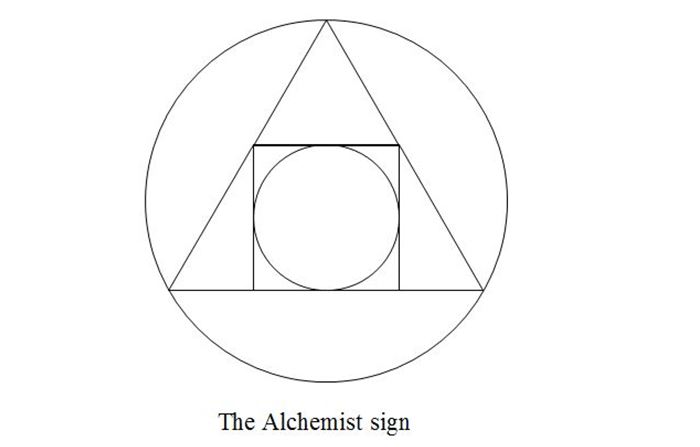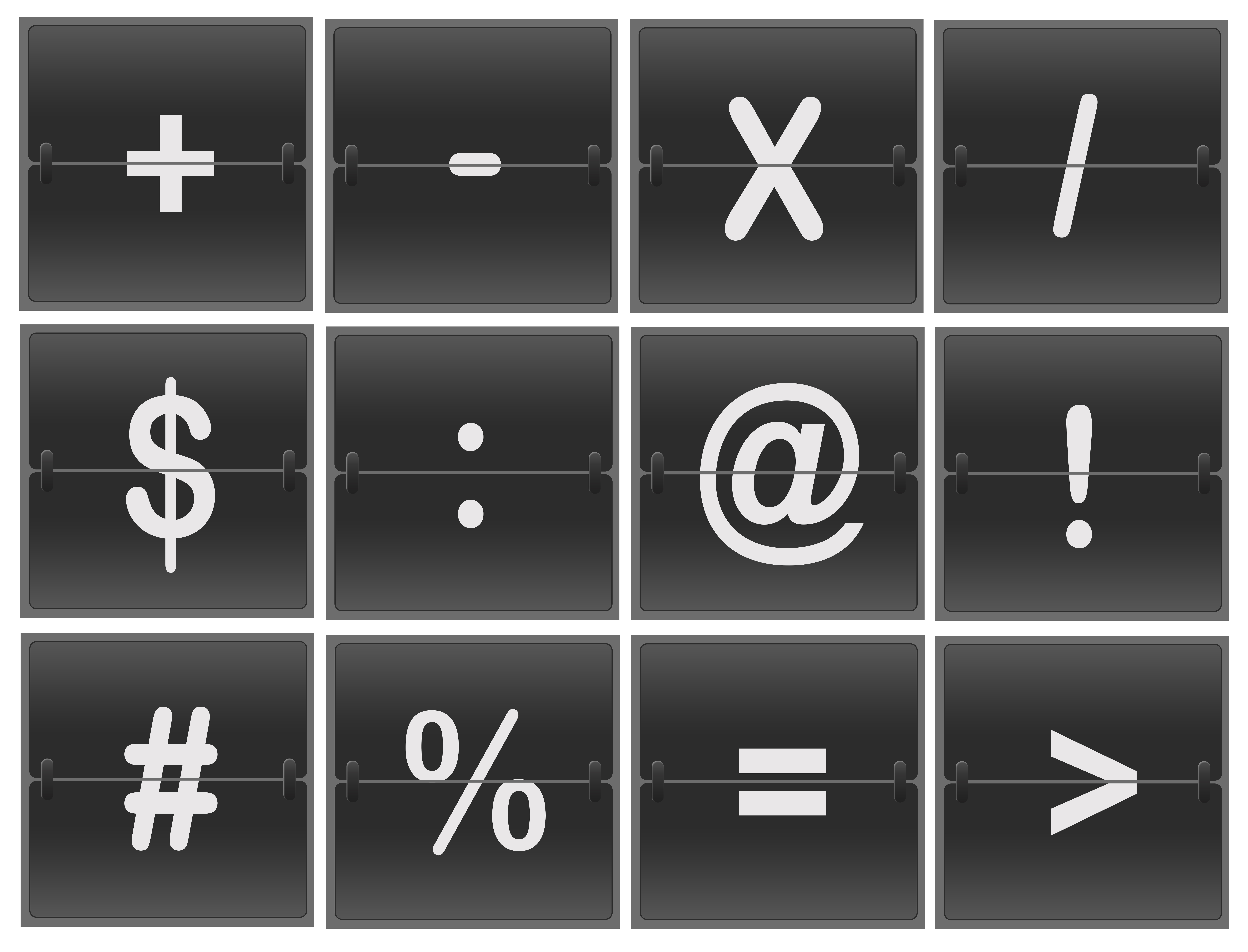
I spend too much time reminding my students that the currencies they work with (pounds, euros, dollars etc.) must be written to two decimal places or the nearest whole number (depending on whether the major or minor unit is being used) with the correct unit. It is incredibly common for students to just write a […]
Read more




